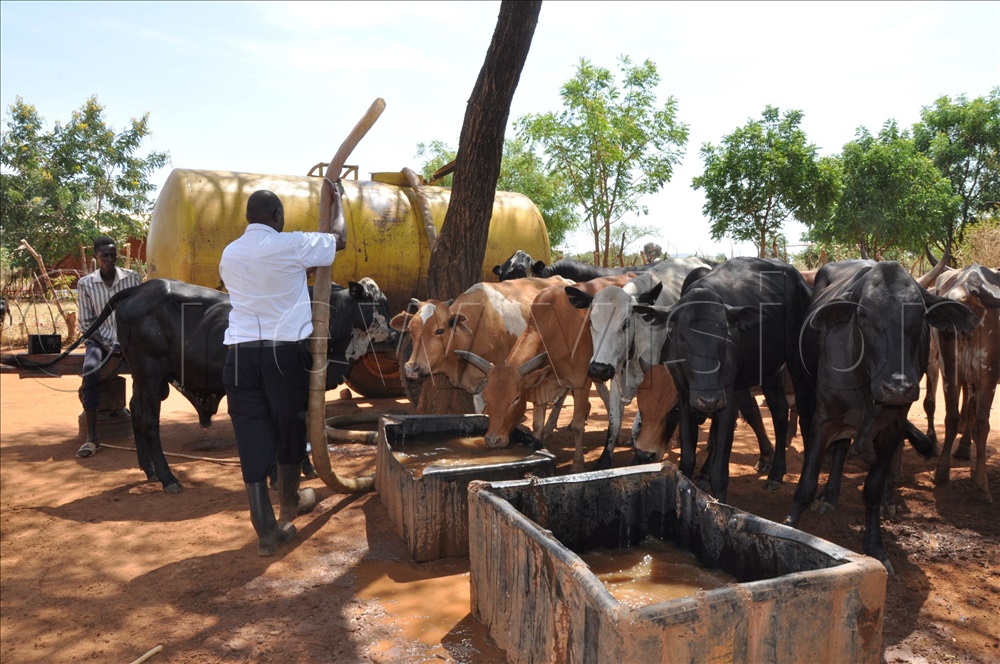By Umar Nsubuga
The most common cause of ill health in cattle in Uganda is not any of the numerous disease-causing germs. It is malnutrition, call it partial starvation.
Peter Mubiru, a veterinary doctor says most of the livestock either do not feed to their fill or depend on diets which lack certain nutrients.
The deprivation is aggravated by the fact that most of the livestock are loaded with worms that compete for the little that the animal has eaten.
He says the animals thus fail to get the amount of food required for growth, body maintenance and production.
Signs of malnutrition
Generally, malnourished animals are underweight and weak. Mubiru says they produce little milk and are more prone to diseases.

However, specific deficiencies have characteristic signs. For instance, vitamin A deficiency causes infertility and poor night vision.
Prevention
-Set up good pastures, with about 30% legumes and 70% grass. Regularly remove weeds and bushes from the pasture. Do not overstock. Legumes and grass seeds are available in farm supply shops.
-If you are zero grazing, let grass make 70% of the fodder, while legumes make 30%.
-Conserve fodder as hay or silage for use in the dry season when pasture is scarce.
-Supplement feeds with mineral, vitamin supplements and concentrates if necessary. Different animals require different amounts of supplementary feeds. See a veterinary doctor or animal scientist to tell you how much your animal needs.
-Always consult to know the right amount to feed your animals.
-Treat cattle regularly against worms at least two times a year.





